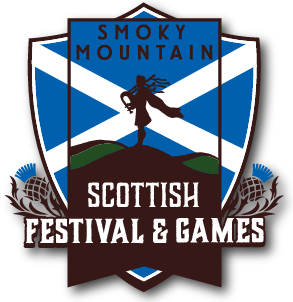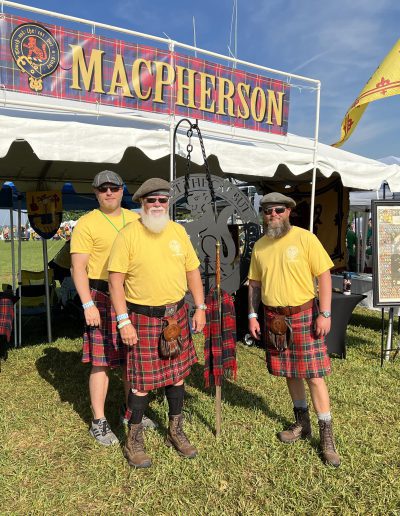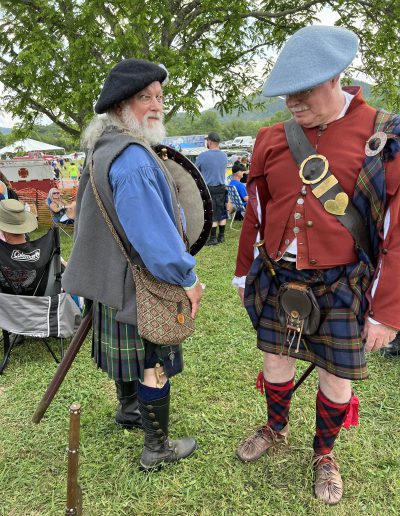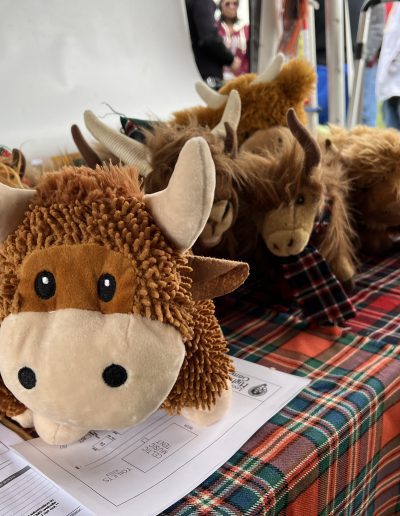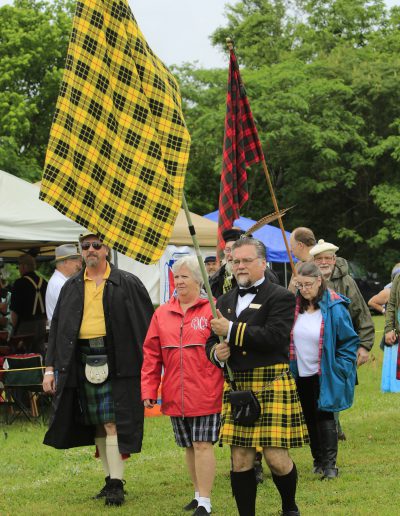SCOTTISH CLANS AND SOCIETIES
Historians believe that the clan system has existed for 1,000 years emerging in the 11th century in Scotland. The word clan comes from the Scottish Gaelic clann, which means kindred. A huge part of the tradition of Scottish festivals and games is the gathering of the Clans. Each Clan has a unique tartan with a pattern that belongs exclusively to them.

Were my ancestors part of a clan?
Visiting the festival is the perfect opportunity to learn whether your surname or that of one of your ancestors is connected with a Scottish clan. Clan hosts can help you learn more about a clan, including their tartans, as well as welcome you into membership should you decide to officially join a clan.
In addition to more than 50 Scottish clans participating, the Smoky Mountain Scottish Festival and Games features a number of cultural heritage organizations that can also help you become better acquainted with the history of the Scottish immigrants and Scots-Irish in east Tennessee.
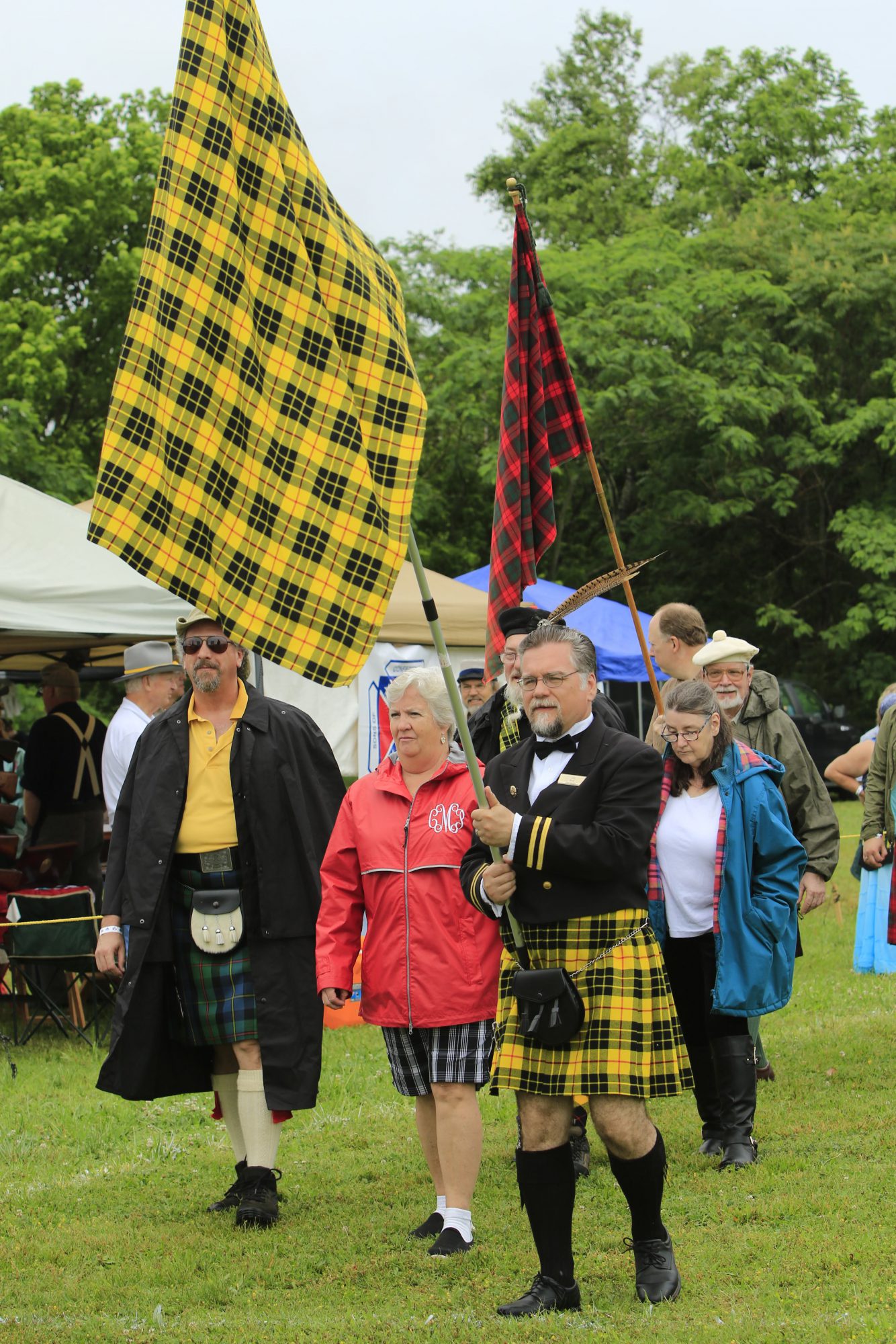

Honored Clan for 2025
To Be Announced
2024 Clans
Clan MacLaren Society of NA
Clan Anderson
Clan Arthur / Macarthur
Clan Bell North America
Clan Buchanan Society, Int.
House of Burnett
House of Boyd Society
Clan Cameron – Grandfather Mtn. Branch
Clan Cochrane
Clan Crawford
Clan Davidson Society of NA
Clan Donnachaidh Society of the Mid South
Clan Douglas Society of NA
Clan Elliott Society
Clan Farquharson USA
Clan Fergusson Society of NA
Clan Forrester Society
Clan Fraser
House of Gordon
Clan Graham
Clay Gray
American Clan Gregor Society
Clan Gunn Society of North America
Clan Irwin Association
Clan Keith Society USA, Inc
Kennedy Society of North America
Clan Kincaid
Clan Lamont Society
Clan Logan Society International
Clan MacAlister Society
Clan MacDougall
Clan MacDuff
Clan Macewen
International Clan MacFarlane Society
Clan MacGillivray
Clan Mackenzie
Clan MacKay USA
Clan MacLaren Society of NA
Clan Maclean
Clan MacLellan
Clan MacLeod
Clan MacNachtan Assoc Worldwide
Clan MacNicol Society of North America
Clan MacPherson
Clan MonCreiffe
Clan Montgomery
Clan Munro
Murray Clan Society of North America
Clan Rose international
Clan Ross
Clan Skene Association
Clan Stewart Society of America
Clan Thompson
Clan Wallace
Clan Young Society -USA

Heritage Groups
Clan Ranald Trust for Scotland
Scottish Rite Masons
District Families Association
Kindgom of Rakknar
Maryville College
Scottish American Military Society
Scottish Society of Knoxville
